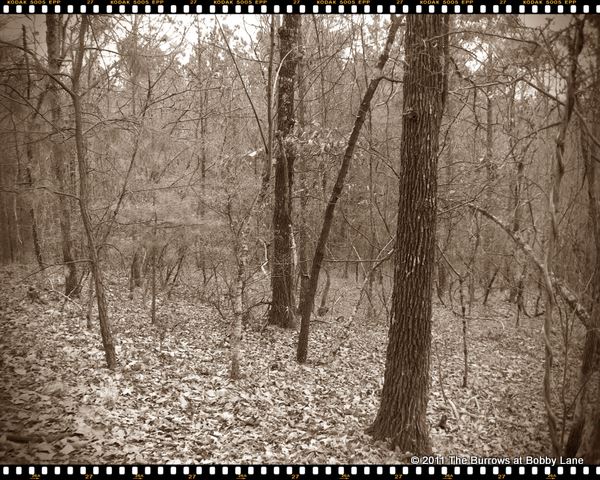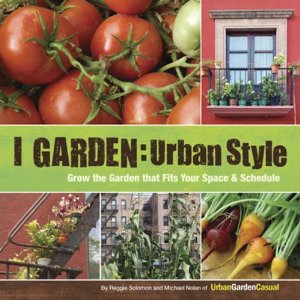Lest you think you’re the only one suffering from severe drought conditions this year, you should know that about half of the country feels your pain, and soon increased costs in the marketplace are going to affect us all.
For the home gardener, drought conditions are a nuisance, but a manageable one. For large scale farmers, the problem is a much bigger one. More than half of all counties in the United States have been designated as disaster zones by the Department of Agriculture because of the severe drought conditions and sadly it does not look as though there is much relief in sight. To get a better idea of just how widespread the problem is, an additional 218 counties in 12 states were added to the list just last week. 
One USDA economist called this the most severe drought in 25 years, as well as the most expensive. Three-quarters of the cattle land in the United States is in a drought-stricken area. 37% of the soybean crops have been rated as very poor or poor, along with nearly half of all corn crops. the excessive heat and drought couldn’t have come at a worse time for corn as it coincided with the growth period in which pollination occurs. This greatly diminishes kernel formation and results in poor production overall.
If you don’t think that has much of an impact, you must remember that corn is a key ingredient in commercial cattle feed, which means that the cost of meat and dairy products is going to rise as a result of this extended drought.
Beyond that, you should be aware that as much as 75% of all commercially available food in this country contains corn in some form, therefore the cost of many food items is going to rise as well. the USDA reports that costs could increase by as much as 4.5% next year.
more info: U.S. Drought Monitor
When I first read the article on the Science and Development Network I was sure they’d been hacked, but as I read on I started to understand that the simple idea was so crazy it would probably work.
Since the experiment would not cost me anything at all and in a roundabout way was going to save money, I got started immediately.
The article, posted on September 9, 2009, is called “Tomatoes thrive on urine diet”. As mentioned before I was simultaneously skeptical and bemused by the titled alone until I began to see the science behind the claim and the simple, painless way that I could try it out for myself. I have been a proponent of peeing on my tomatoes ever since.
Now for those about to tell me how gross I am and how you will never eat one of my tomatoes, I have three points to make:
- Animals piss on your plants all the time and you still eat the produce. If you wash what you grow, you’ll be just fine. Also, my diet is a hell of a lot better than that of the local stray dog population.
- I don’t pee directly on my tomato plants. I water the roots with my collected urine.
- Get over yourself. Seriously.
Studies have shown that the yield can be as much as 4 times as high and that the quality (and safety) of the produce is not compromised in any way.
 In the study “Stored Human Urine Supplemented with Wood Ash as Fertilizer in Tomato (Solanum lycopersicum) Cultivation and Its Impacts on Fruit Yield and Quality” in the August 2009 edition of the Journal of Agricultural and Food Chemistry, various combinations of human urine, fertilizer and wood ash were used. Results and details about the study can be seen here.
In the study “Stored Human Urine Supplemented with Wood Ash as Fertilizer in Tomato (Solanum lycopersicum) Cultivation and Its Impacts on Fruit Yield and Quality” in the August 2009 edition of the Journal of Agricultural and Food Chemistry, various combinations of human urine, fertilizer and wood ash were used. Results and details about the study can be seen here.
My Experience
My own experience has followed closely with the results of the study. Here are the high points:
- a substantially increased yield, even in sub-par soil conditions
- less money spent on fertilizers and amendments
- less water used for toilet flushing
- less water used for watering the tomatoes
Between the two of us we don’t pee enough to sufficiently water all of our tomato plants, but by supplementing the regular watering schedule with our own homemade nitrogen, phosphorus and magnesium solution we are adding nutrients to the plants that will add nutrients to us later in the season. Do I expect that everyone will be so evolved as to “lower” themselves to collect their own urine and use it to water their tomato plants?
I can only hope.

There’s an odd space in between the moment you make a decision and the time you put that decision into action. It is a sort of otherworldly limbo in which the world moves around you in slow motion like so many Hollywood blockbusters. Then it hits you. You have just taken on the biggest challenge of your life and you don’t have the foggiest idea what you’re doing.
I have learned over the years that there is rarely any difference between an A-ha! moment and an Oh Shit! moment. It’s all a matter of how other people see you handling it. For that reason I made a deal with myself to show this process for what it truly is, warts and all. When we make mistakes along the way we’re going to ‘fess up to them, learn and move forward with finding the solution that works for us.
Building this homestead isn’t about keeping up appearances or keeping up with the Joneses. In fact it isn’t about keeping up at all, it’s about slowing down. Taking the time to look around and appreciate the beauty that is right outside our door. Then stepping out, falling flat on your face, spilling your coffee and stepping in dog poop.
Okay, so I probably won’t be sharing photos of those moments, but you get the idea.

Where to Start…
The most daunting part of such a big endeavor as this is figuring out where to start. When you’re dealing with a 2.5 acre blank slate it is even more difficult.
Housing
The existing mobile home on the property is an adequate living quarters in the short term. Long term goals include building a new recycled/reclaimed home.
Land Improvement
There are several areas that need attention quickly:
-
Erosion Control
The most important issue. We will contact the county Soil & Water Conservation office to seek professional advice about dealing with the problem.
-
Soil Building
Crucial for being able to grow our own food and to sustain plantings that will help with erosion.
-
Water Drainage
The old tax map of the property shows what appeared to be a creek. It has apparently been diverted over the years creating ongoing drainage issues throughout the property. Another issue to discuss with the Soil & Water Conservation office.
Ever notice that there is always a lot more on the “to do” list than on the “done did” list?

 In the study
In the study 







